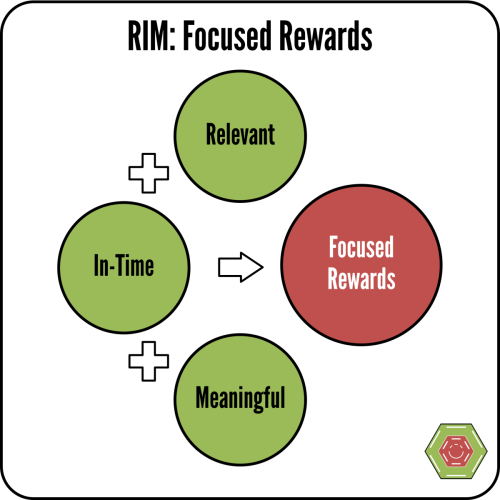Over the summer, the NHS lead programme Change4Life, ran a great campaign aimed at getting kids to do a little bit of excercise. It was called “10 Minute Shake Up” and was done in partnership with Disney.
For starters this is a great idea and one that I whole heartedly support. But the idea was just part of it, the execution is why I have decided to write about it. It was a beautifully realised gamified event.
A few weeks before the summer holidays started, an advertising campaign began for the 10 Minute Shake Up. It invited parents to sign up, for free, to get a pack for their child. Each pack was based on one of four Disney franchises: Toy Story, Big Hero Six, Frozen and Monsters Inc.
The parent and child had to decide which team they wanted to be in. In our household we were team Frozen!
After a couple of weeks, the family would receive the pack and the game could start. Each pack contained a poster, stickers for the poster, activity cards, instructions and a wearable timer – all designed around the team you had chosen.
The rules were that each day your child had to spend 10 minutes doing an activity described on a randomly chosen card. After the activity, they could put a sticker on the chart and start to build up the picture on the poster.
After that, the parent could go onto the website and enter that activity into the childs profile. This was added to the overall team score.
Below is an analysis of what basic elements and mechanics were here as well as what User Types it would engage most – followed by an explanation of why this was so brilliant!

As you can see, this focused largely on players and achievers. As we know, focusing on extrinsic rewards can be bad, however – this was a short and very focused campaign to try to keep kids active for a few weeks whilst not at school. It didn’t need to engage long-term, so here the extrinsic rewards actually were what was needed.
It wasn’t all extrinsic though. There was a theme running through and you were part of a larger team – all working towards to goal of being the most active team – showing your chosen film characters were the best. This added a level of purpose to the whole event – above the health aspects.
What I loved this was not just an example of a pure digital campaign. Individual progress was tracked on a personal sticker chart. My kids loved earning their sticker and putting it on the poster. Team progress was then tracked on the website.

It wasn’t all about the stickers though. My kids loved the activities. They were fun and written in a way that fitted in with the various films they represented. You had challenges that had them creating ice sculptures like Elsa or doing Scary feet like Sully.
The whole campaign fitted together wonderfully and never felt forced.
When you are approaching gamification, you have to consider the whole picture. This was a short campaign, so could rely on simple mechanics that just helped bolster feelings of belonging and achievement. It did not chance any behaviours though, not long-term. But in this instance, that was ok – the kids are back at school now and are back to being active!
It is a great example of building the right solution for the problem presented.
Similar Posts:
- My 3 main focuses for rewards and feedback
- 4 Tips to Balance Your Gamification
- Schools, Rewards and FFS




This is a great example of Gamification in the real world. I only recently learnt about Gamification and had an idea of what it was, but this example by the NHS and Disney has put Gamification it into perspective.
Thank you so much for bringing this to my attention.
Keep up the great work on this blog.
had to share this on my site. Thank you! http://t.co/GLHgAezkTY
What great examples of cross platform gamification have you got?